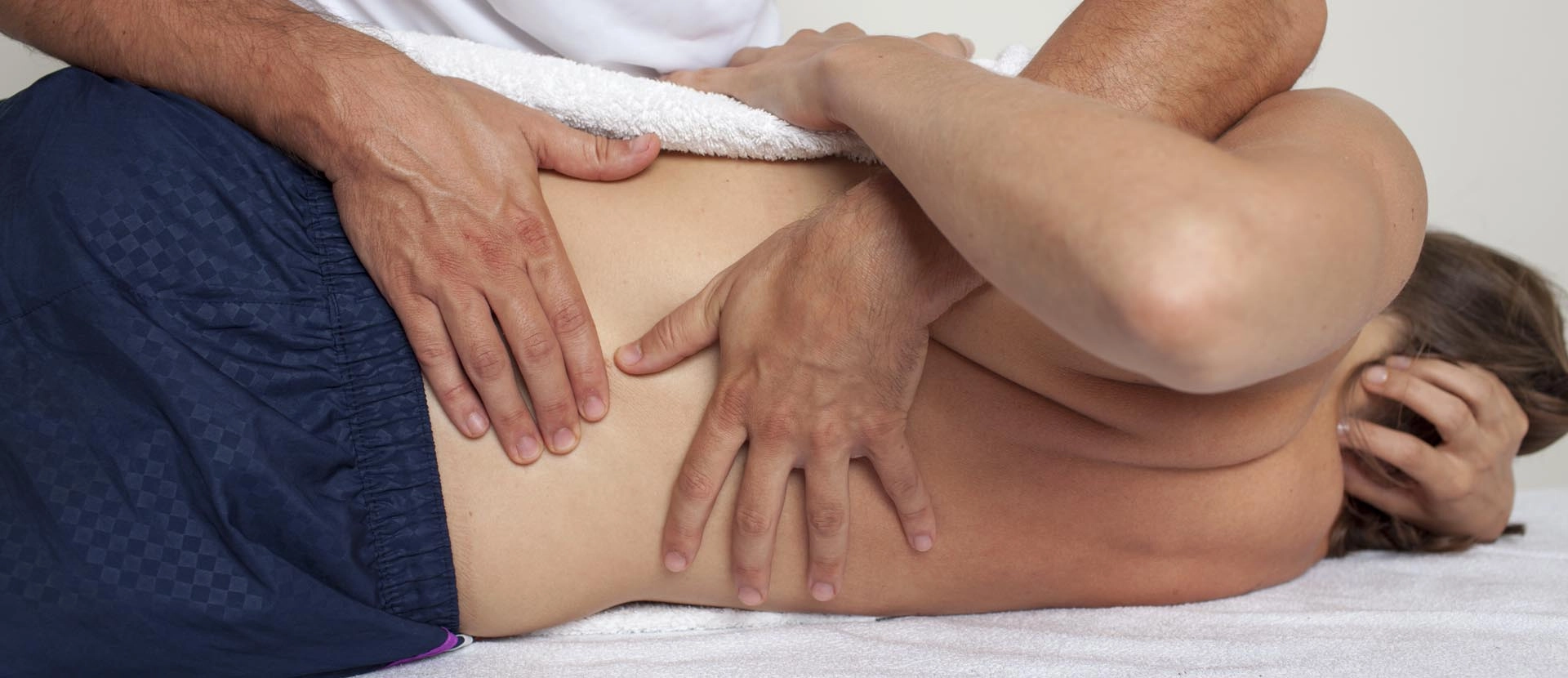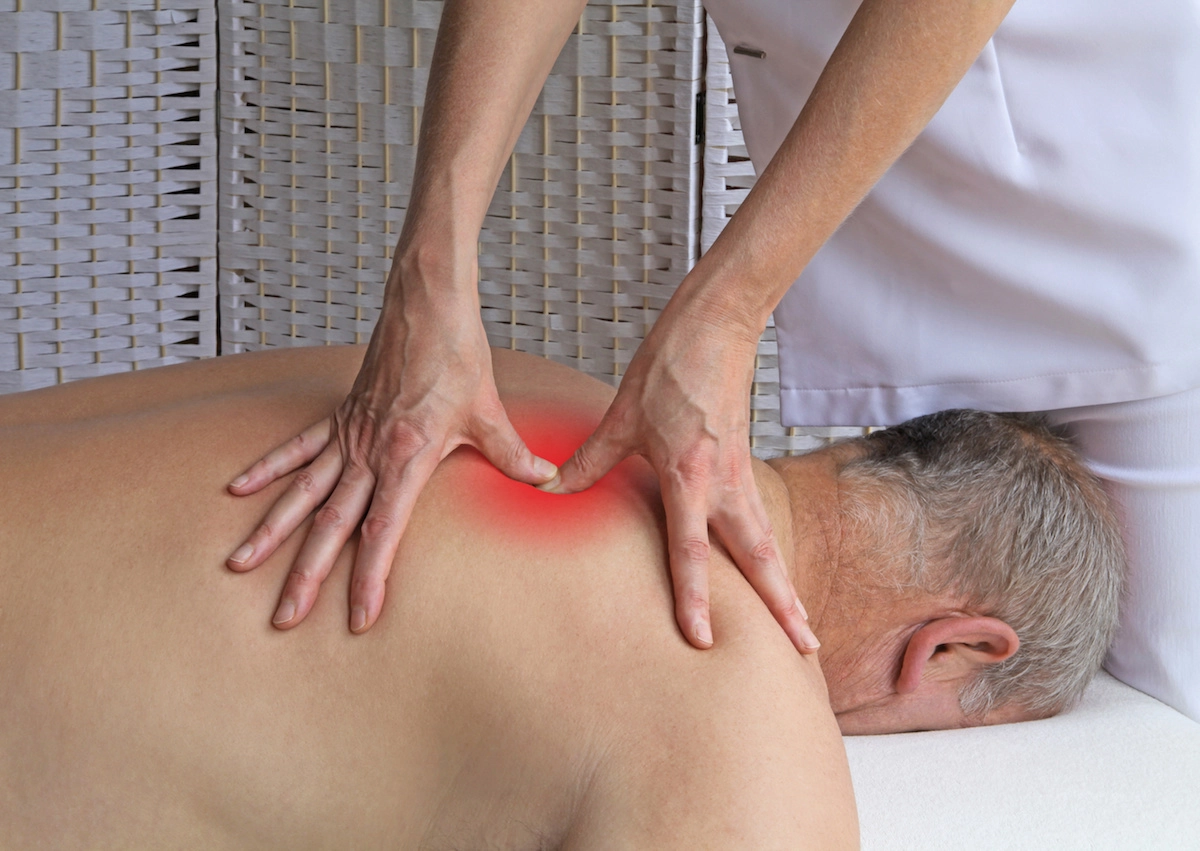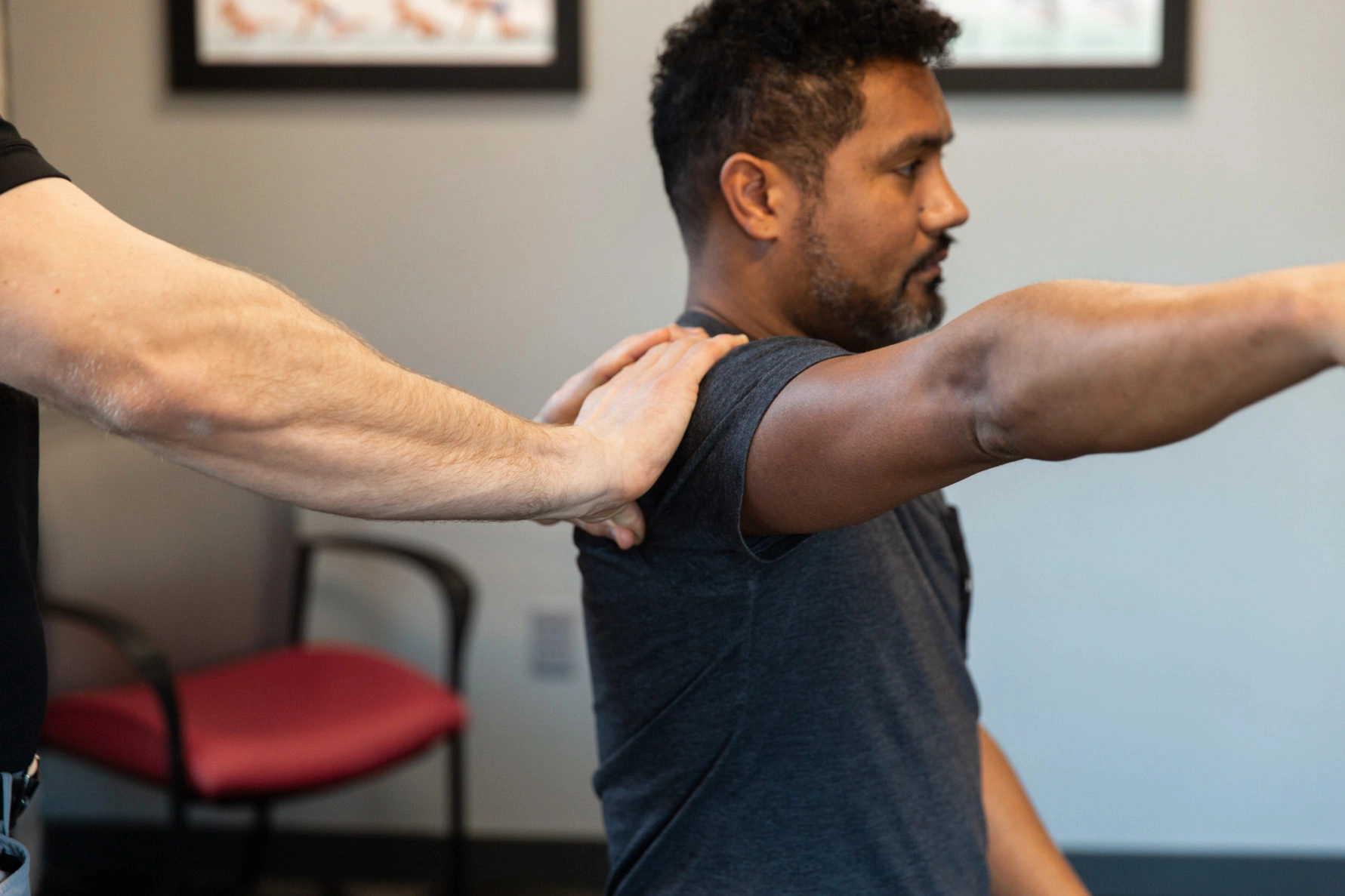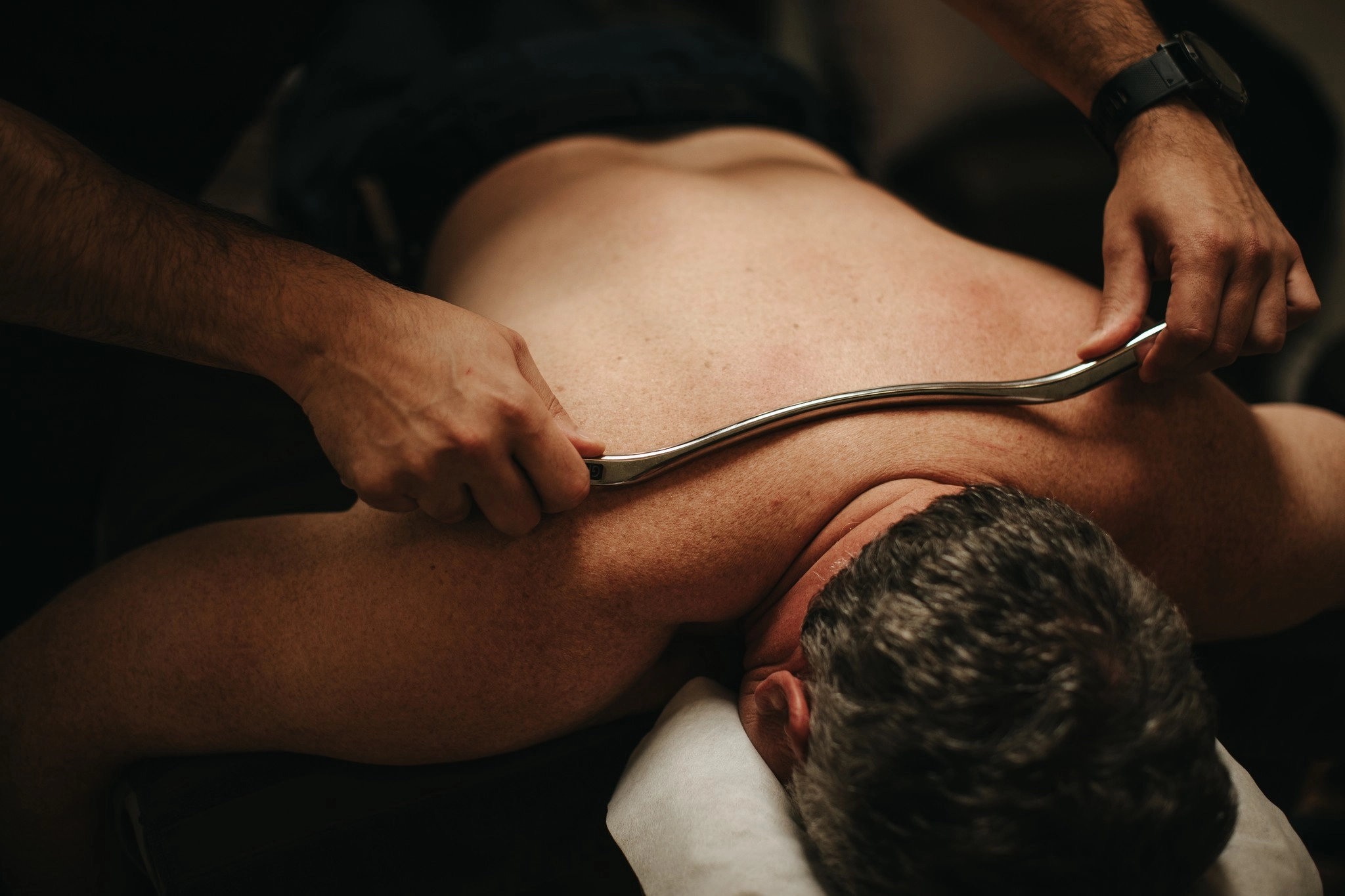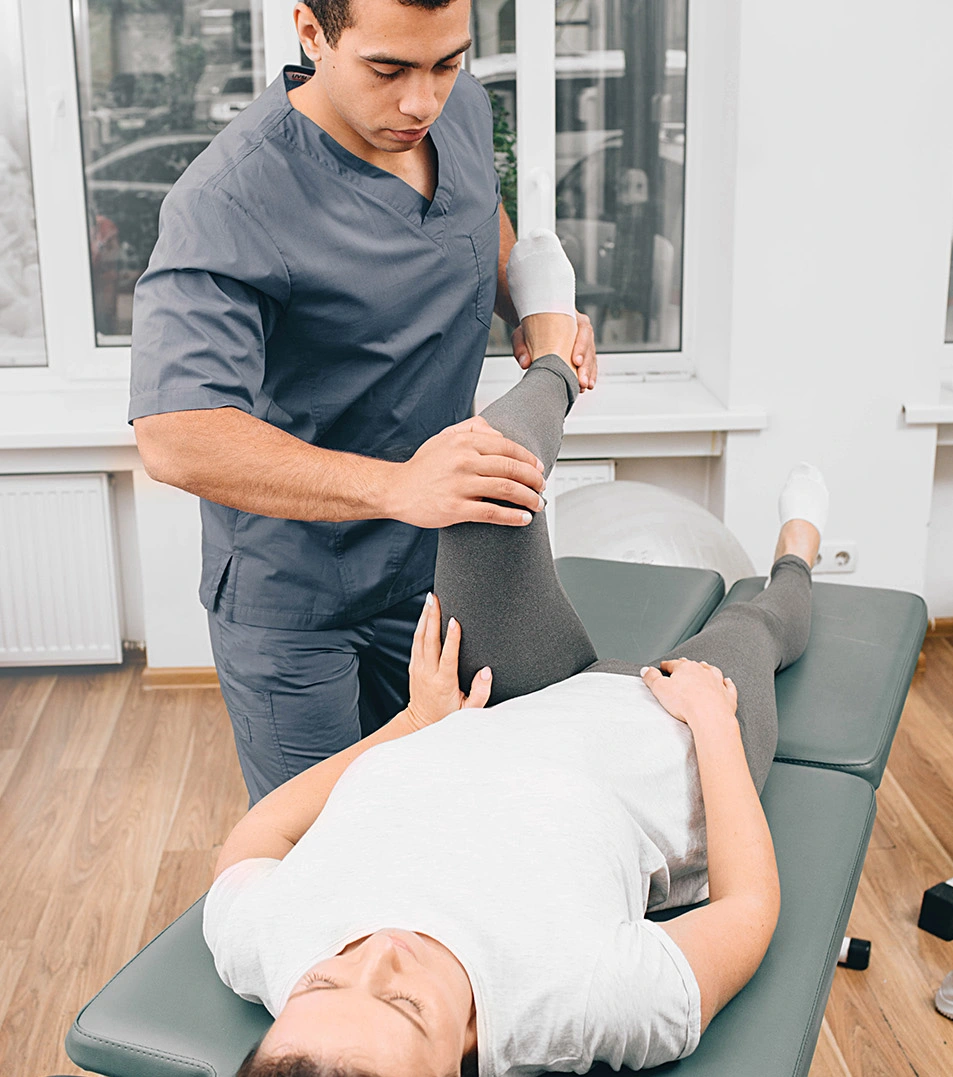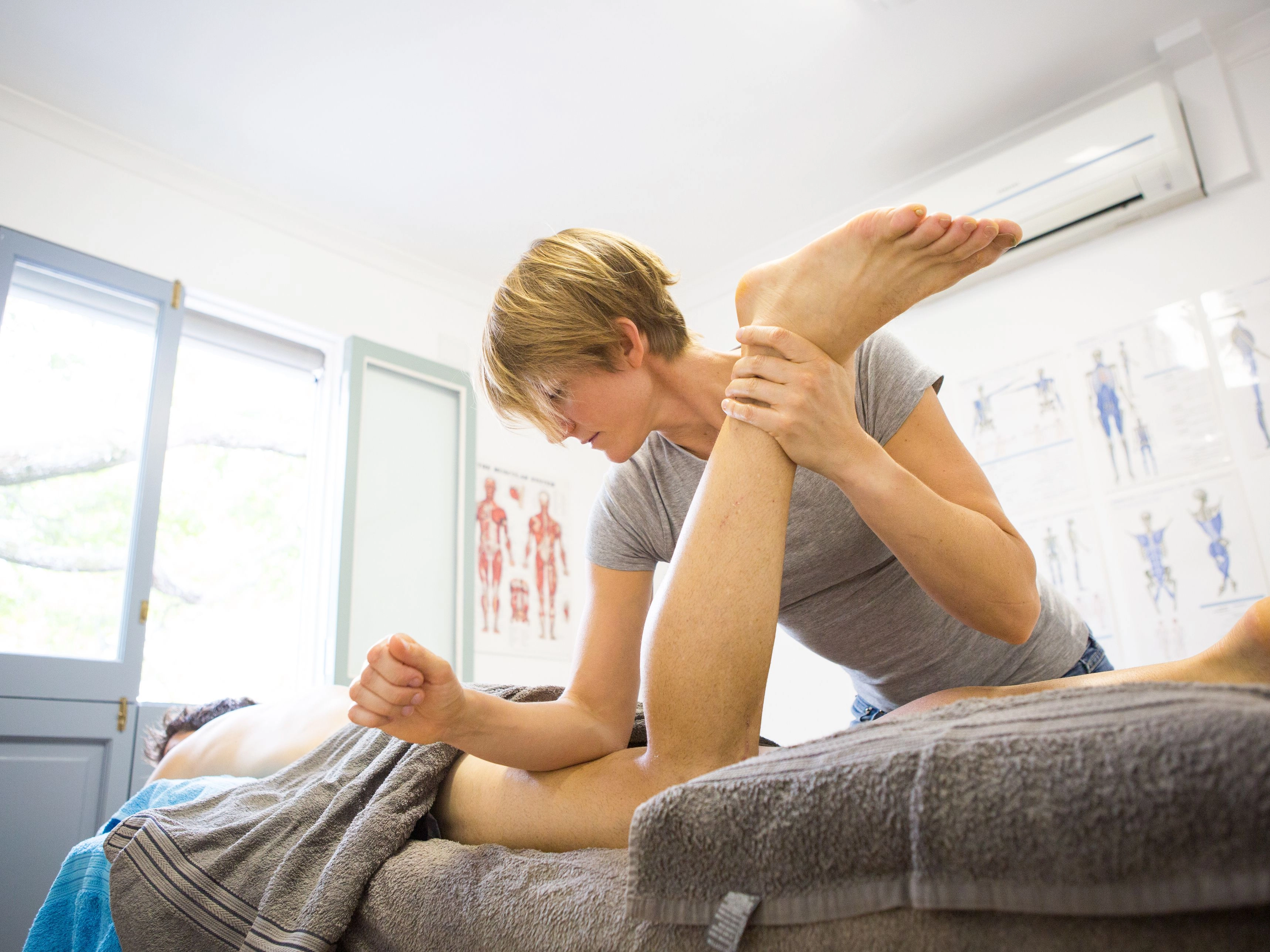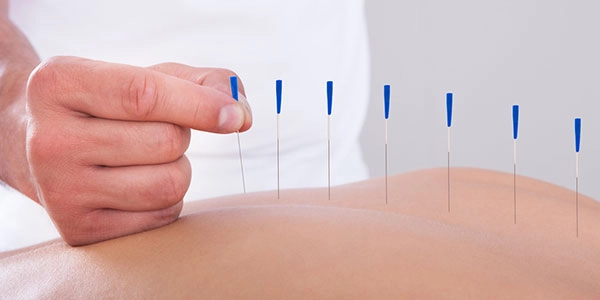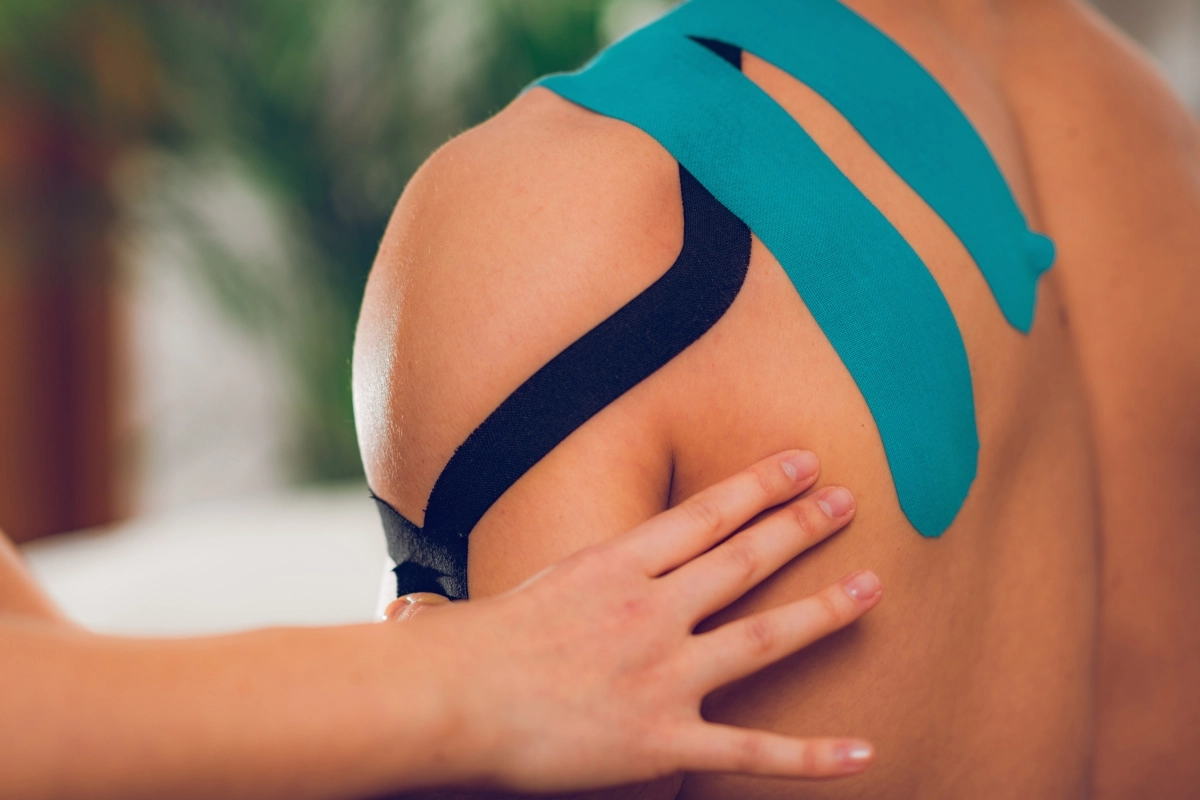“Whether your goal is rehabilitation from an injury, or disease and disability management, physiotherapy can help get you back to life again. We’ll work with you to start the healing process, improve movement and function, and prevent future injury and disease.”
Osteopathic Manual Therapy
These are both active and passive manoeuvres which can be performed on any joint in the body. They are expected to produce an immediate change in how the joint moves and therefore gives an immediate benefit to the patient either in range of movement or a reduction in pain.
Myofascial Release
Myofascial Release is a safe and very effective hands-on technique that involves applying gentle sustained pressure into the Myofascial connective tissue restrictions to eliminate pain and restore motion. This essential “time element” has to do with the viscous flow and the piezoelectric phenomenon: a low load (gentle pressure) applied slowly will allow a viscoelastic medium (fascia) to elongate.
Trigger Point Release
Trigger Point Therapy is a form of Remedial Massage Therapy in which direct pressure is applied to specified points on tender muscle tissue to bring about reduction in muscle tension and pain relief..
Active Release Technique
Active release technique (ART) treats your body’s soft tissue by combining manipulation and movement. ART entails identifying, isolating, and targeting the affected area to break up scar tissue. This promotes blood flow and faster healing of injuries
IASTM
Instrument Assisted Soft Tissue Mobilization (IASTM) is another scope of advanced treatments which empowers clinicians to effectively treat people who have been suffering soft tissue dysfunctions. This procedure itself is said to be present day development from customary Chinese medication called Gua-sha. IASTM is performed with ergonomically designed instruments that recognize and treat fascial limitations, energize fast restriction and fibrosis, incessant aggravation or degeneration. It is not aggressive and does not damage tissue.
Muscle Energy Technique
Muscle Energy Technique (MET) is a form of a manual therapy which uses a muscle’s own energy in the form of gentle isometric contractions to relax the muscles via autogenic or reciprocal inhibition, and lengthen the muscle. As compared to static stretching which is a passive technique in which therapist does all the work, MET is an active technique in which patient is also an active participant. MET is based on the concepts of Autogenic Inhibition and Reciprocal Inhibition. If a sub-maximal contraction of the muscle is followed by stretching of the same muscle it is known as Autogenic Inhibition MET, and if a submaximal contraction of a muscle is followed by stretching of the opposite muscle than this is known as Reciprocal Inhibition MET.
Sports Massage
Sports massage is a form of massage involving the manipulation of soft tissue to benefit a person engaged in regular physical activity. Soft tissue is connective tissue that has not hardened into bone and cartilage; it includes skin, muscles, tendons, ligaments and fascia (a form of connective tissue that lines and ensheathes the other soft tissues). Sports massage is designed to assist in correcting problems and imbalances in soft tissue that are caused from repetitive and strenuous physical activity and trauma. The application of sports massage, prior to and after exercise, may enhance performance, aid recovery and prevent injury.
Dry Needling
Dry needling (Myofascial Trigger Point Dry Needling) is the use of either solid filiform needles (also referred to as acupuncture needles) or hollow-core hypodermic needles for therapy of muscle pain, including pain related to myofascial pain syndrome.It is commonly used in physiotherapy to treat a range of pain problems. It can reduce pain and muscle spasm by acting on the body’s nervous system to release a range of chemicals, for example, endorphins and serotonin.Dryneedling is commonly used in combination with other treatment approaches like exercise and manual therapy.
Kinesiology Taping
Kinesiology taping gives support and stability to your joints and muscles without affecting circulation and range of motion. It is also used for preventative maintenance, edema and to treat pain. It is a technique based on the body's own natural healing process. The method stems from the science of Kinesiology, Muscles are not only attributed to the movements of the body but also control the circulation of venous and lymph flows, body temperature, etc. Kinesiology tape is used for anything from headaches to foot problems, and everything in between. Examples include: muscular facilitation or inhibition in pediatric patients, carpal tunnel syndrome, lower back strain/pain (subluxations, herniated disc), knee conditions, shoulder conditions, hamstring injuries, groin injury, rotator cuff injury, whiplash, tennis elbow, plantar fasciitis, patella tracking, pre and post surgical edema, ankle sprains, athletic preventative injury method, and as a support method.


